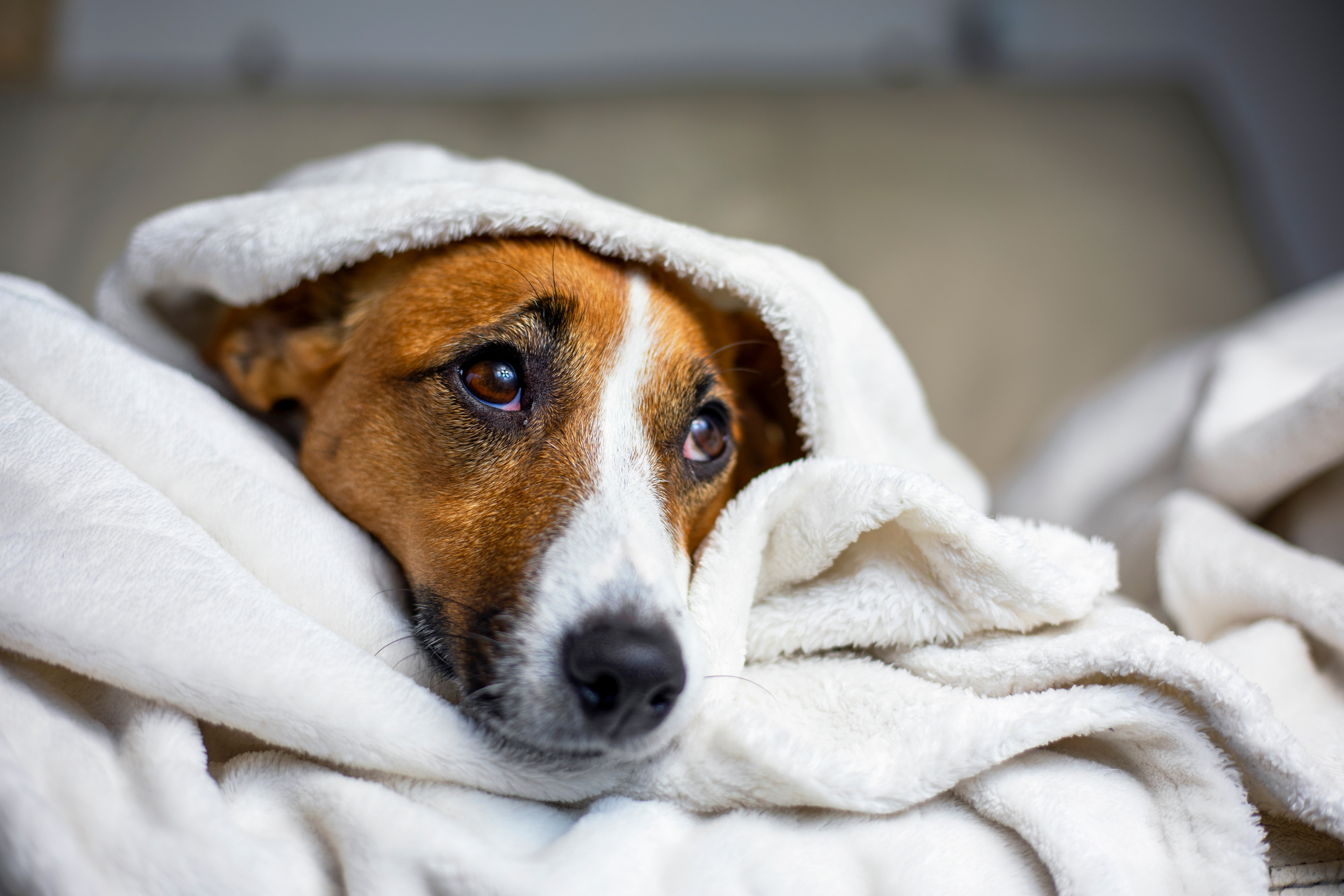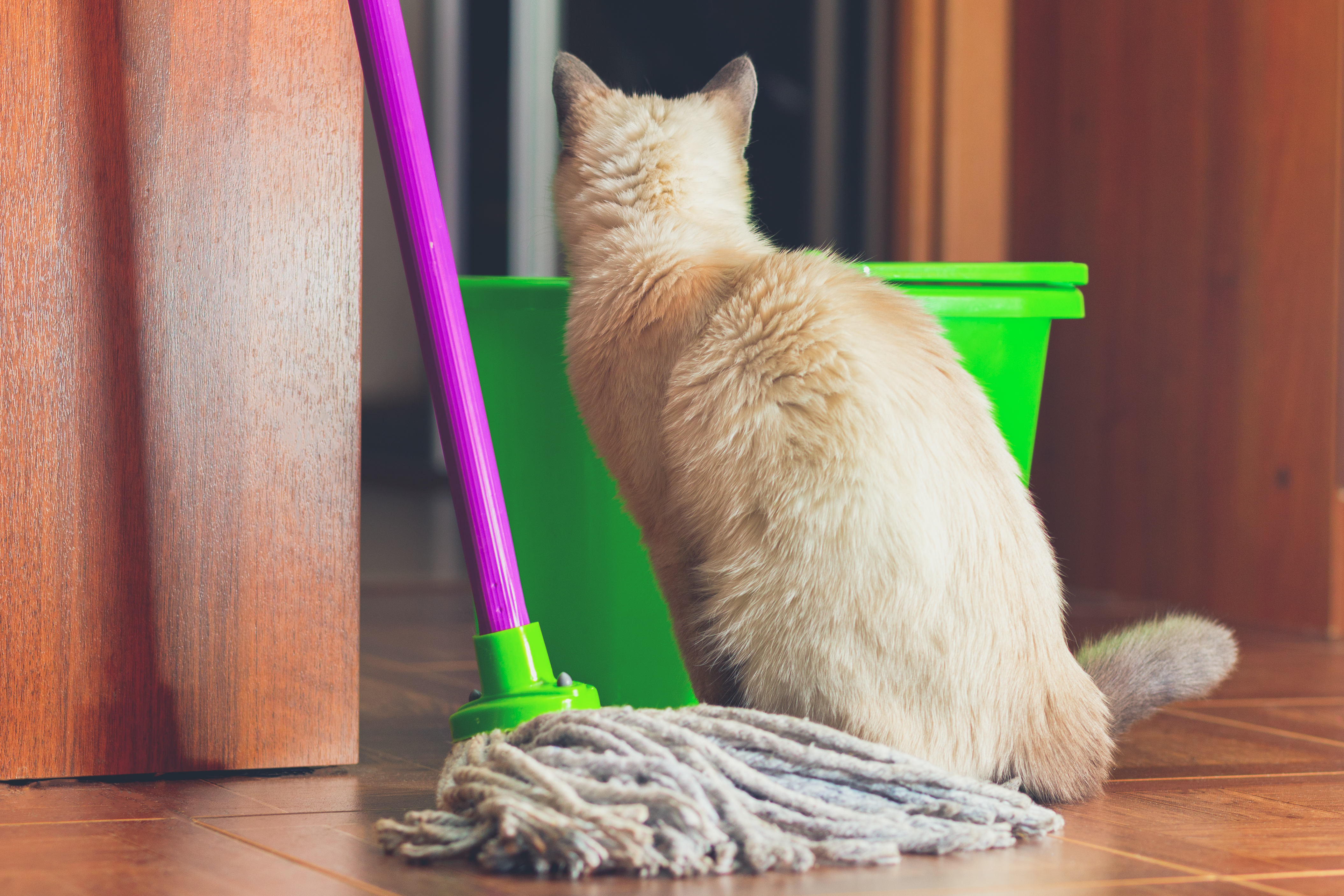AdobeStock_390891839.jpeg

Vomiting is a very common complaint in both the veterinary ER and in general practice. In some cases, it represents simple gastroenteritis (irritation of the stomach and/or intestines) and can be resolved with uncomplicated interventions like a bland diet and resting the gastrointestinal tract. Simple gastroenteritis can happen for many reasons, including a change in diet, stress, or certain infections. In many cases, the cause is not found, but the patient will respond to treatment within a few days.
Vomiting represents a spectrum of other, more serious, diseases, from organ failure and intestinal foreign bodies (blockages) to pancreatitis and cancer, so it is important not to dismiss it as “just hairballs” or something related to aging.
Some signs that vomiting may be more serious and warrant a visit to the veterinarian include:
- Pain
- Recent ingestion of human food, garbage, toys, or clothing
- Lethargy, or inability to get up
- A distended abdomen
- Refusal to eat
- Weight loss
- Recent changes in water intake or urination
- Non-productive vomiting (nothing or just some white foam comes up)
Potential Causes
There is one common cause of vomiting that may respond to some very simple interventions at home. This is bilious vomiting – which, by definition, happens on an empty stomach. Bilious simply means your pet vomited because they are nauseous.
In bilious vomiting, pets frequently vomit foamy or watery yellow fluid in the early hours of the morning or after not eating for several hours. It is usually seen when pets are only fed once daily or fed early in the afternoon. After digesting a meal, the stomach may start to prepare for the next meal by producing stomach acid and bile. (Bile is a yellowish substance produced by the liver which aids in the digestion of fats.)
Both substances can be irritating to an empty stomach, resulting in vomiting. There may also be some motility issues involving the delayed passage of food through the intestines, but in many cases, the stomach and intestines are normal, and it is merely a timing issue. Think of it as the stomach being “hangry.”
As opposed to one of the more common ways of dealing with an irritated stomach (avoiding food or water for several hours to allow the stomach to rest and heal), the treatment for bilious vomiting involves feeding – and perhaps an adjustment to the normal feeding schedule.
If your pet is normally active and has a good appetite but vomits watery or foamy yellow fluid several hours after feeding, consider talking to your family veterinarian about the possibility of bilious vomiting syndrome as a cause. But keep in mind that the problem may be more complicated than it first appears.
Depositphotos_247816524_xl-2015.jpg

Treatment
Treatment usually involves decreasing the time between feedings or offering a late-night or early-morning meal to decrease the amount of time that the stomach is empty. Either prescribed or over-the-counter medications may also be recommended. It is important not to increase the amount of food fed in a day – only to space out feedings and follow any other medication or dietary recommendations from your veterinarian.